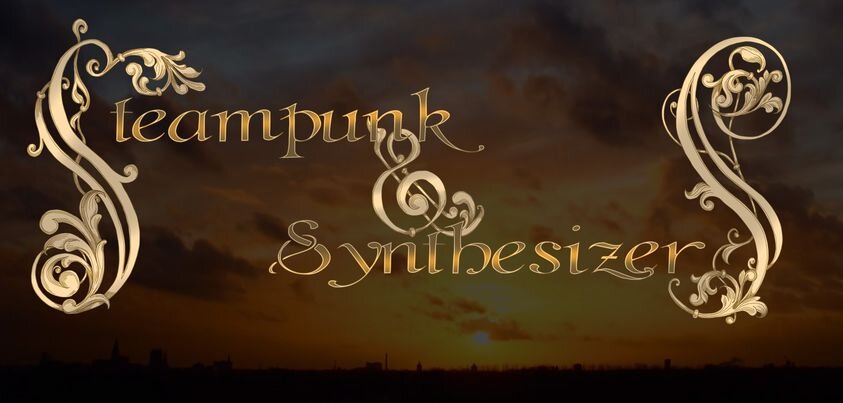Aerthos: A World Divided
Where did Aerthos come from? Besides adding a syllable and flipping the A and the E, it was always meant to be a little bit like Earth. A bit of the Victorian, a bit of Blade Runner, it was always meant to be kind of familiar. How people gather here, how they grow, develop and evolve - at the individual level all the way up to a civilization, I wanted to build out the "what if they had....this?" into a sensible path that those of us here on Earth could read and imagine with little effort. But of course, that was where it started; things got a little weird on the way to the forum.
The temptation was to have placed these elements within Earth's own history. I'll admit that, it was one of the original concepts I played with when I was building out the world of Aerthos, prior to even the first YA books (The Chronicles of Aesirium) I wrote which now exist as a prequel series to the Tales of the Dead Man.
Way back in the beginning, it started out as a story about an 11-year-old girl named Romany, who was chosen as a monster-hunter - an angel of death who had little choice but to accept the mantle of protector for her small barely industrial town. A vampire killer, but with a notable twist in that she herself hovered between the realms of life and death, escorting those who were not allowed to linger there. I drew on the inspirations of my own childhood - anime, Japanese video games (Final Fantasy was chief among them), Star Wars, the Sandman comics by Neil Gaiman, Buffy the Vampire Slayer and so forth. But really, I just wanted to write a book for my daughter. She was looking at the world with fresh eyes, wondering about all those intangibles like life and death, love and hate, sense and insensibility. Order, chaos, entropy.
She loved to ask questions.
In the years since I began these books, her questions have become broader, and the answers are increasingly more elaborate, more difficult to pin a definite response to. The world, as one grows into it, takes on nuanced philosophical challenges, and I wrestle with these concepts both as a father and a human being. And sometimes - okay, more than sometimes - these wrestling matches end up on the page.
In "Tales of the Dead Man", I've tried to move beyond a simple matter of right and wrong, more than to be brave or not, more than to define oneself in the face of difficulty. This make-believe world of Aerthos has problems which may feel familiar to readers. The people in the world are a divided people - split by philosophy, by geography, and by the color of their skin.
The Sky People - those who follow the ethereal path of the magical arts, a life more finely attuned to what they understand as the natural energy of the world, have, over the centuries become mostly of a darker pigmentation than those of their neighbors to the north, the technologically-centered inhabitants of the Steel Cities.
Although the world has visibly marked these two cultures as distinct, it is due to the stark contrast of their worldviews that has called them into conflict. The history of this division has followed them to their continents over thousands of years, and haunts all their interactions.
And it is into this great philosophical chasm which I throw my characters: the quest to save the world by stealing a dead man's body out from under the watchful gaze of the militant scientists.
Here's something that I've been thinking about a lot lately, though. Right now, in our actual real world, we've been experiencing divisions in so many deep and potent ways - and I worried a lot about romanticizing that in any manner. Division for the sake of division is not healthy or productive. And in the end, we generally tend to have more things in common than those things which divide us. So I worked very hard to prevent either of these groups - neither the Sky People or the Steel Cities - from being cast as the villains. I see it more like the simplified interpretation of the Yin/Yang - that within both halves the opposing energies can be found.
Adding to that is the sense that to every character, they often see themselves as the hero to their own story - and to that I'd add that a simple mustache-twirling, monologuing supervillain just never had a lot of appeal to me in this kind of story. Do a character's actions define them as an angel or devil, or do their motives condemn or elevate them?
These are the kinds of questions I love to explore; these are the metaphors I have woven into the threads of "Tales of the Dead Man". Over the next few weeks, I'm going to talk about some of these elements, as well as doing a bit more of an introduction to some of the main characters, the settings and offer a few insights into the world of Aerthos.
Please let me know what you think - or what questions you have. I'm excited to share these books, the three volumes of the Tales of the Dead Man. Come along, my friends. Let's walk the worlds and sing their songs. It's going to be a marvelous journey!

